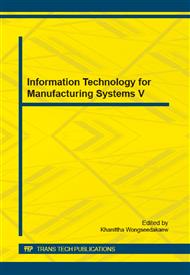p.643
p.651
p.660
p.666
p.671
p.676
p.683
p.689
p.697
Simulation and Numerical Analysis on Anti-Float Anchor by Field Rock and Soil Tests
Abstract:
This paper introduces the stress and deformation of anti floating anchor rod and explained the damage. Through field testing and numerical analysis, the article were studied the displacement and internal force of a basement tensile anti float anchor, results showed that: the axial force of bolt tension transfer is top-down transfer, axial force decreases, the stress concentrate on the end. When a force is applied to a certain load, end firstly generate damage, but with the deepening of the axial force, it is greatly reduced, which indicates that the anchor force is an effective length, rather than the longer the anchor pullout force is bigger; anchor group effect is a problem that can not be ignored, because the engineering community for its attention degree is not enough, so that the design of anti floating anchor the lack of a reliable basis, the test results can provide a reference for the future design of anti floating anchor. Prestressed anchors in the tension lock, prestressed loss are regularly.
Info:
Periodical:
Pages:
671-675
Citation:
Online since:
October 2014
Authors:
Keywords:
Price:
Сopyright:
© 2014 Trans Tech Publications Ltd. All Rights Reserved
Share:
Citation:


